-
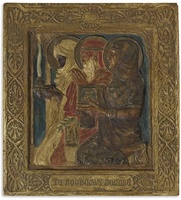
-
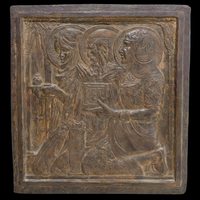
"Te Adoremus Domine depicts the figures of the Three Kings—also known as the Magi—who followed a star from the East to Bethlehem in search of the newborn Christ, according to the Gospel of Matthew 2:1-12. Te Adoremus Domine is Latin for “Let us adore you, Lord.” Indeed, the kings kneel together in veneration and present their gifts of gold, frankincense, and myrrh. Their features and costumes are broadly African and Arabic, in keeping with the Gospel narrative and with Fuller’s progressive artistic vision.
Moreover, there is a regularity of visual rhythm in Fuller’s compact design: profiles, knees, and hands seem to operate in unison, suggesting an equality of the three figures, each of a distinct race, in their worship of the higher power of God. Fuller’s virtuosity in sculpting the human figure in relief is especially evident in the delicacy of the kings’ hands and the strength of their facial features. She successfully integrates her figures with elegant patterning and graceful linear decoration.
The image of the Black king has been the subject of an exhibition at the Getty (@gettymuseum) and is discussed in Harvard University’s The Image of the Black in Western Art, volume 2 (@harvardpress)."
-
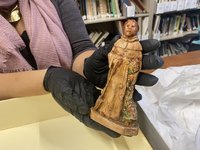
-
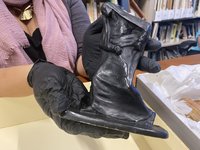
veiled female figure
-
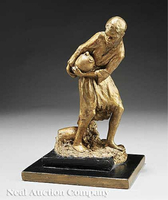
"Meta Vaux Warrick Fuller (American/Philadelphia, 1877-1968), "The Water Boy", 1930, painted plaster, initialed in monogram "MVWF" on base, inscribed "Dorothy Warrick" on white-painted bottom of base, height 12 1/4 in., width 6 in., depth 4 1/2 in. Provenance: Ex-Collection of Dorothy Warrick, Philadelphia, PA; to current owner. Note: This is a rare cast of a well-known work by a prominent African-American woman artist, Meta Vaux Warrick, who married Dr. Simon Fuller (1871-1957) of Liberia in 1909 This exceptional plaster, finished in gold paint, may be more richly worked than the version in unpainted plaster (collection of Simon Fuller) usually illustrated in discussions of her work; it was certainly retained by her niece, Dorothy Warrick, who inscribed the lower block of the base. The artist had been a student at the Pennsylvania Academy of Fine Arts, and then in Paris at the École des Beaux-Arts, and eventually with the most celebrated sculptor of the age, Auguste Rodin in 1902-1903 This figure is indicative of the powerful style of Romantic Realism which Fuller brought to the sculpture of African experiences in America. Reference: Schmidt, Mary, ed. Harlem Renaissance Art of Black America. Campell: New York, 1987, pp. 177-179, color plate 24." Auction report
-
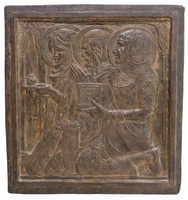
-
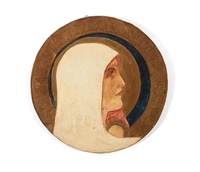
-
-
submitted to the Committee for the Franklin Roosevelt Portrait, won by Selma Burke, Dannett transcript, 49
-
-
"Mrs. Dennison ordered it,", completed after she died (Mary Tyler Thurber, m. 1901-d. 1936; married Gertrude Peltri, 1944), Dennison didn't want it to be shown while he was alive. Dannett transcript, 41.
-
-
bas relief fireplace panel depicting a balladeer in the snow
-
A disembodied hear with hanging jaw, beads of gore, and eyes staring from their sockets.
-
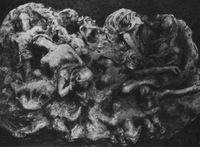
-
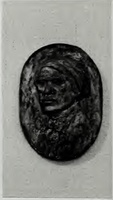
-
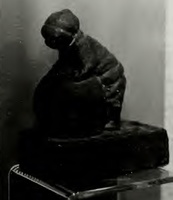
-
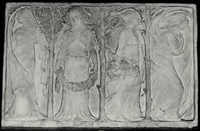
-
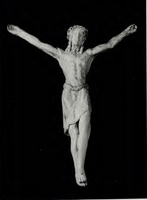
-
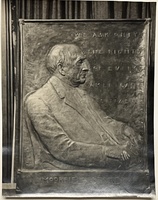
first president of the NAACP, commissioned by WEB DuBois, inscription: "We ask only the Rights of Every American Citizen."
-
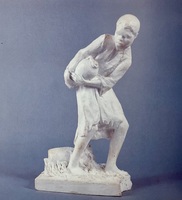
-

-

-

-



















